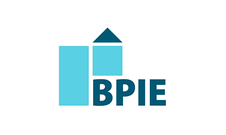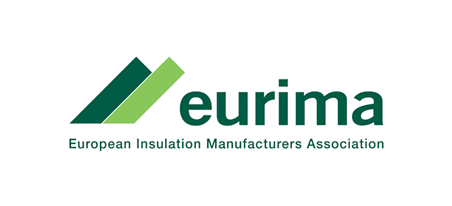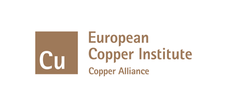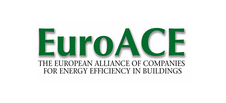Search eceee proceedings
The influence of near zero energy buildings on the future Danish energy system
Panel: 1. Foundations of future energy policy
This is a peer-reviewed paper.
Authors:
David Drysdale, Aalborg University, Denmark
Brian Vad Mathiesen, Aalborg University, Denmark
David Connolly, Aalborg University, Denmark
Abstract
Buildings consume a large proportion of primary energy in Europe in the form of electricity, heating, cooling and gas. In response to this, the concept of near Zero Energy Buildings (nZEB) has been developed. These buildings have very low energy demands, integrate renewable energy, and to increase energy efficiency they utilise smart technologies. nZEBs aim to increase energy efficiency from a demand-side user perspective. For example, the building is more energy efficient by having a well-insulated envelope, and the user reduces energy consumption through better user-behaviour, or with different smart technologies. This leads to a reduced end-use energy demand and carbon emissions. When looking at buildings within the entire energy system, there are also energy efficiency gains to be achieved on the supply-side. For example, within a district heating system, heat pumps can be installed. If an energy system becomes more efficient on the supply-side, then the question is how much energy needs to be saved on the demand-side, for instance by nZEBs. The purpose of this paper is to analyse and understand the implications from building nZEBs within an energy system that is a) transitioning to 100% renewable energy, and b) has substantially improved supply-side energy efficiency. A case study from Denmark is used to understand the outcome for the energy system when nZEBs are built in this context. The analysis looks at the total system energy savings, costs and resource consumption. Based on the results from the study, the paper finishes with some basic policy recommendations around nZEBs in Denmark and Europe.
Downloads
Download this presentation as pdf: 1-315-17_Drysdale_presentation.pdf
Download this paper as pdf: 1-315-17_Drysdale.pdf
Panels of
1. Foundations of future energy policy
2. Policy: governance, design, implementation and evaluation challenges
4. Mobility, transport, and smart and sustainable cities
5. Buildings and construction technologies and systems
6. Buildings policies, directives and programmes
7. Appliances, products, lighting and ICT
8. Monitoring and evaluation: building confidence and enhancing practices























